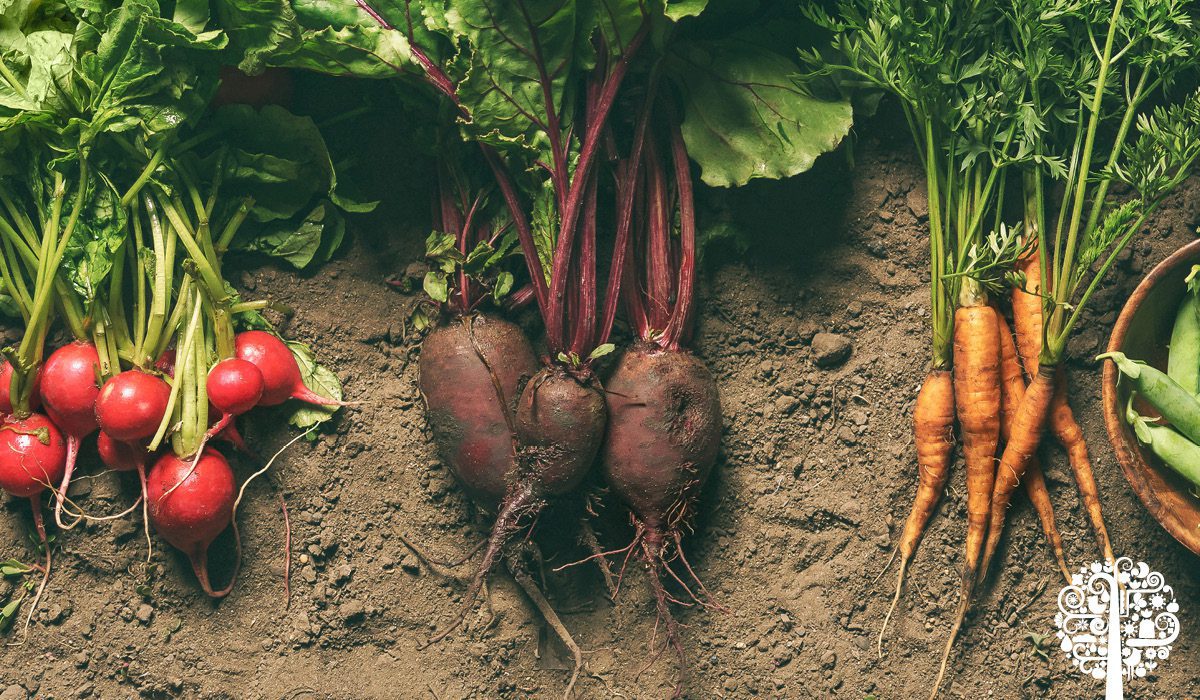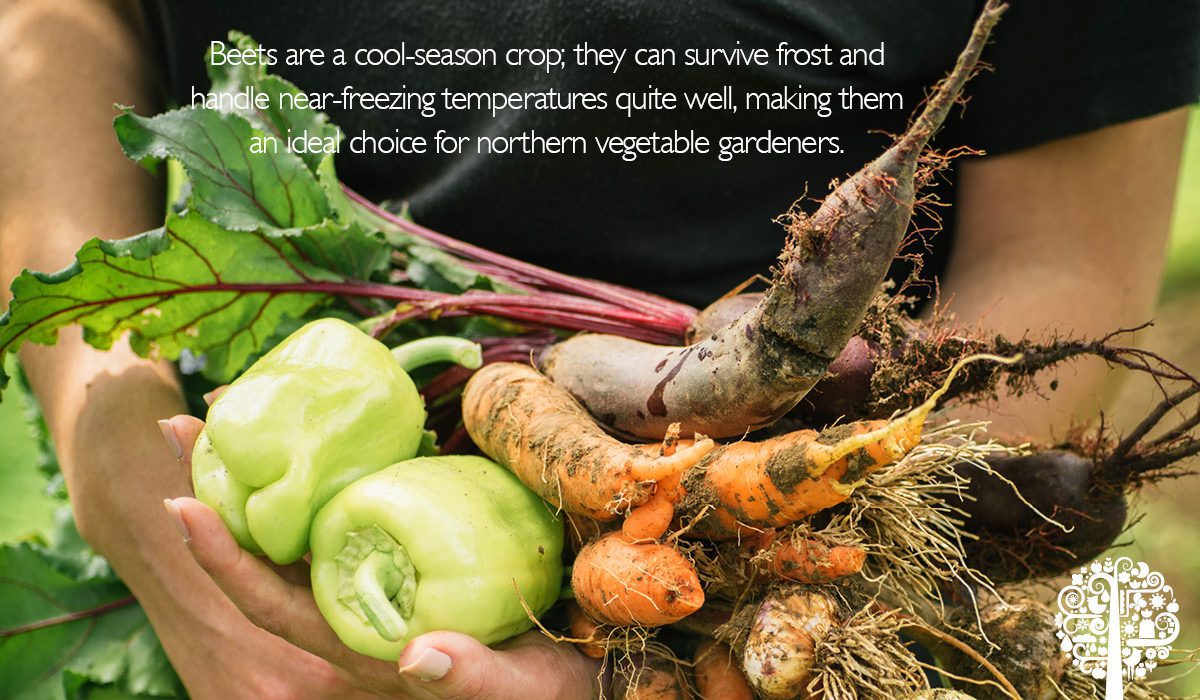Seasonal Spotlight: Beets A Delicious and Nutritious Cold Weather Food Crop
These days, eating seasonal foods is where it’s at. Not only will you be consuming the freshest, most flavorful produce possible, but eating in-season fruits and vegetables will save you some green. And with food prices skyrocketing again this year, a little extra money in our pockets is a good thing! So what to eat in the cold month of January? This month, we’re shining the spotlight on the sweet and earthy beet!
Beets are a cool-season crop; they can survive frost and handle near-freezing temperatures quite well, making them an ideal choice for northern vegetable gardeners.
Divided Camps
You either love ‘em or hate ‘em; for those of you in the camp of despising beets because they taste like dirt, there’s a good reason for that!

Beets contain an organic compound called geosmin. Produced by soil microbes, geosmin smells like damp earth. Some of us don’t mind the smell, others say if it smells like dirt, it tastes like dirt. But, if you can move beyond this ideology, you’re in for a treat because beets are delicious!
If you don’t like beets because you grew up eating them out of a can, please give them a second chance. This veggie is a star when prepared properly.
Nutritional Value
Beets are low in calories but high in nutritional value. According to Healthline, they’re an excellent source of essential vitamins and minerals, including folate, manganese, and copper.
These brightly colored gems may also help regulate blood pressure, reduce inflammation, and boost athletic performance. They’re known to be good for heart and brain health, too!
Don’t forget the greens! The foliage on a beet is similar to collard greens or spinach and is actually more nutritious than the beet itself.
Growing Beets
Beets are an easy crop to grow, making them an excellent option for gardeners of all experience levels.
The Old Farmer’s Almanac: Vegetable Gardener’s Handbook says your soil doesn’t necessarily have to be very fertile to grow beets successfully, but the pH does need to be just right. The ideal pH level for growing beets is somewhere between 6.0 and 7.5.
Seeds germinate in two to three weeks if planted before the spring’s last frost. After that, they sprout in less than a week. You’ll want to thin beets to 3” apart once the tops are about 5” tall for best results.
Start planting in March and aim for successive sowings 20 days apart. Keep in mind, beets won’t grow well when it gets too hot in the summer. So take a break and continue plantings in the fall. If you live in zone 9 or warmer, you can grow beets all winter long!
What Beet Crops Like
The above handbook by The Old Farmer’s Almanac recommends keeping your garden beds free of weeds. It suggests mulching and offering beads about an inch of water every week. High-nitrogen fertilizers will result in lots of greens, but nothing too impressive below the soil’s surface.
Beets are typically ready to harvest in 55 to 70 days, but the greens can be snipped off and eaten throughout the growing season.
How To Eat Beets
You can enjoy beet greens in a salad. Saute them as a side; they’ll wilt beautifully in soups and stews too.

I love roasted beets and often cube them and throw them into the oven with roast potatoes, carrots, turnips, and parsnips. This dish is to die for and is excellent with roast chicken or pork.
Another personal favorite is a roasted beet and goat cheese salad. Some things are meant to go together, and beets and goat cheese are a perfect marriage of flavor.
You can also make vibrant purple hummus with beets.
The possibilities are endless! Whether you choose to buy them at the market or grow them yourself, and no matter how you choose to eat them, beets are a great veggie to enjoy throughout the colder months. Happy growing and bon appetit!




